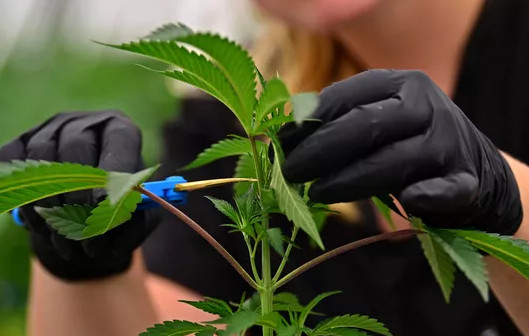As the negative health and environmental effects of chemical soil fumigation become more apparent, there is a critical need for safe, alternative methods of soil fumigation to control weeds. To help address this need, OFRF has awarded a grant to Dr. Ashraf Tubeileh at California Polytechnic State University in San Luis Obispo, California to study the effect of biosolarization and cover crops on weeds and soil-borne pathogens.
Soil solarization is an organic method proven to provide effective weed, pathogen, and nematode control comparable to that of chemical alternatives. Biosolarization, although a new topic of study, shows promise in enhancing the effects of soil solarization. The allelopathic properties of many crop residues such as rye, sorghum, and sudan grass are well documented and are important in many organic crop rotations.
The primary goal of this study is to find an effective method of controlling annual and perennial weeds, particularly in no‐till systems. Dr. Tubeileh and his team will examine the effects of biosolarization, solarization, and sorghum/sudan grass cover crops on weed, pathogen, and nematode populations, as well as on the growth and yield of a subsequent strawberry crop. The effects will be tested under conventional tillage and no‐till systems. They also want to determine whether leaving cover crop residue on the surface or tilling it into the soil results in better weed control. They will test for pathogen and nematode reduction, two additional benefits of biosolarization. The team believe the combination of a sorghum and sudan grass hybrid cover crop and solarization will provide better pathogen, weed, and nematode control than other method alone, subsequently resulting in higher yields.
Strawberries were chosen for the study due to the intense weed pressures and high value of the crop. For both organic and conventional growers, there is a strong need to develop effective soil disinfestation and weed control measures. This research aims to provide an innovative method to deal with weed, nematode, and pathogen pressures and can be applicable to all high value crops. Results will be disseminated to farmers upon completion of the study and growers will be involved in outreach activities.
Photo by Peggy Greb.
Credit: ofrf.org













